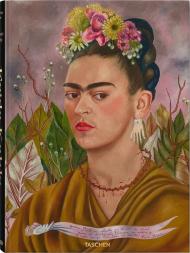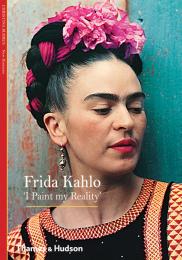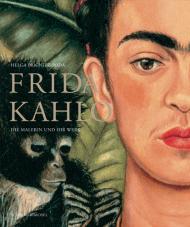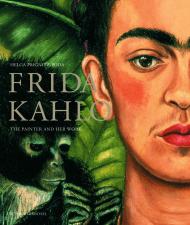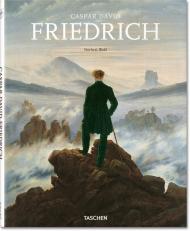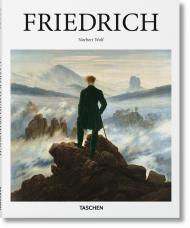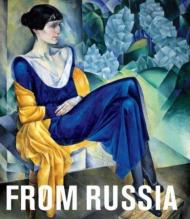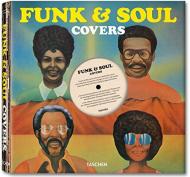Pain and Passion. The complete paintings of Frida Kahlo in an XXL edition
Among the few women artists who have transcended art history, none had a meteoric rise quite like Mexican painter Frida Kahlo (1907–1954). Her unmistakable face, depicted in over fifty extraordinary self-portraits, has been admired by generations; along with hundreds of photographs taken by notable artists such as Edward Weston, Manuel and Lola Álvarez Bravo, Nickolas Muray, and Martin Munkácsi, they made Frida Kahlo an iconic image of 20th-century art.
After an accident in her early youth, Frida became a painter of her own free will. Her marriage to Diego Rivera in 1929 placed her at the forefront of an artistic scene not only in the cultural Renaissance of Mexico, but also in the United States. Her work garnered praise from the poet André Breton, who added the Mexican painter to the ranks of international surrealism and exhibited her work in Paris in 1939 to the admiration of Picasso, Kandinsky, and Duchamp.
We access the intimacy of Frida’s affections and passions through a selection of drawings, pages from her personal diary, letters, and an extensive illustrated biography featuring photos of Frida, Diego, and the Casa Azul, Frida’s home and the center of her universe.
This large-format XXL book allows readers to admire Frida Kahlo's paintings like never before, including unprecedented detail shots and famous photographs. It presents pieces in private collections and reproduces works that were previously lost or have not been exhibited for more than 80 years, forming the most extensive study of Kahlo's work and life to date.
The editor and author:
Luis-Martín Lozano is an art historian specializing in the study of different aspects of modernism in Mexican and Latin American art. He is the recipient of a Fulbright scholarship and has conducted extensive research on the work of both Frida Kahlo and Diego Rivera, as well as publishing widely on both artists. Lozano was formerly the director of the Museo de Arte Moderno in Mexico City, and has been a guest curator for many art institutions in the United States, Europe, Asia, Latin America, and particularly in Mexico.
The contributing authors:
Andrea Kettenmann studied art history in Göttingen and Hamburg before joining the art history department of the University of Hamburg. She has published widely on Frida Kahlo and has contributed to numerous exhibitions and catalogues. She works as a freelance art historian in Mexico City, where she has lived for many years.
Marina Vázquez Ramos is an art historian specializing in modern Mexican art. She works as a university professor, researcher, and exhibition curator, and has edited several publications in Mexico and abroad. She was deputy director general of the Museo de Arte Moderno in Mexico City and is now director of the Mario Vázquez Raña Library’s Photography Collection and Newspaper Archive.
